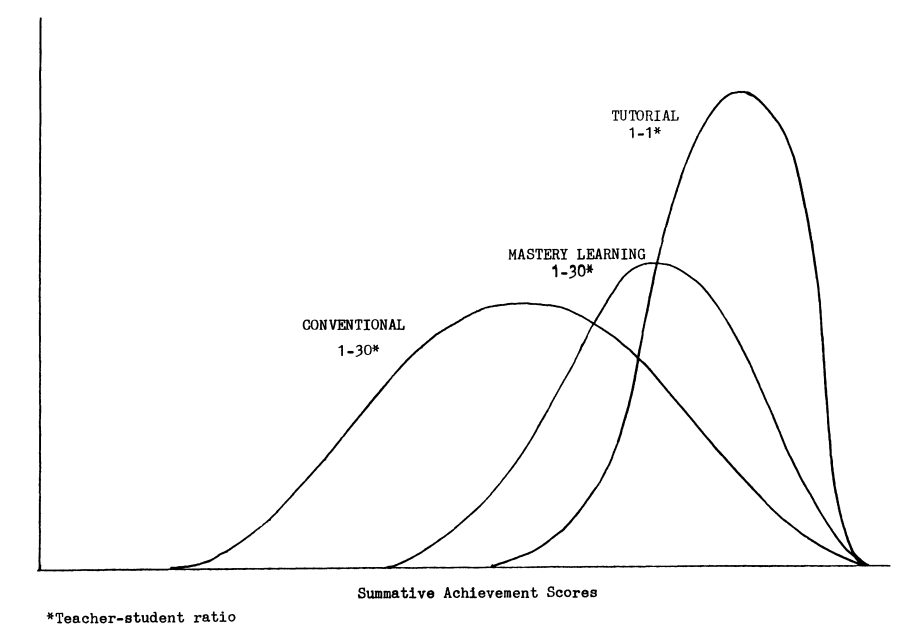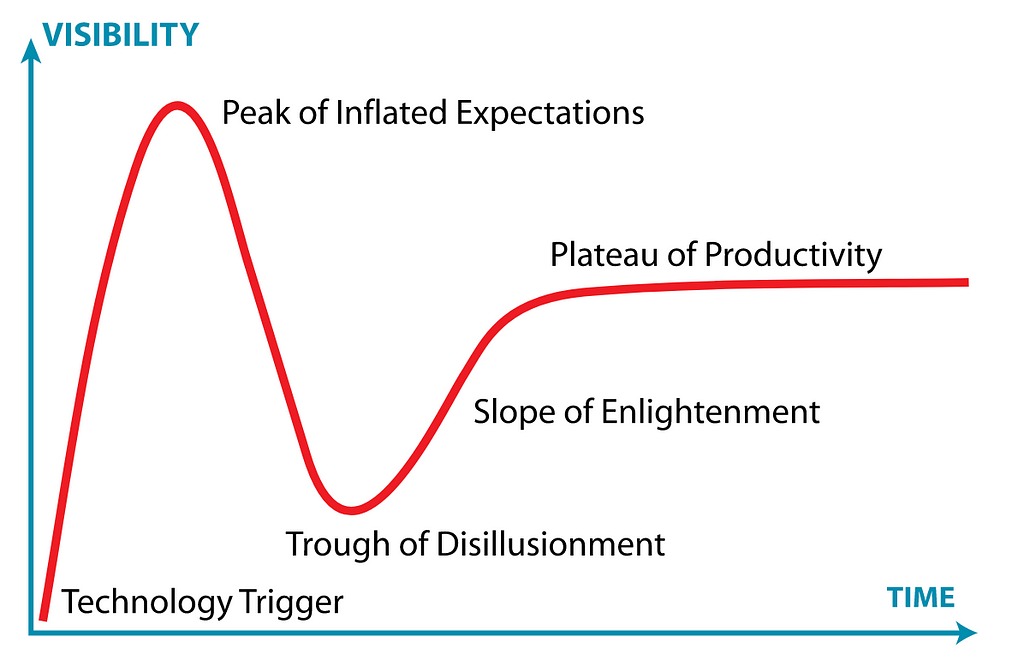Latest news about Bitcoin and all cryptocurrencies. Your daily crypto news habit.
This post was originally published on Humbot’s Blog on March 5, 2018.
Bloom’s 2 Sigma Problem remains an unsolved problem in education for over 30 years and is considered the Holy Grail of EdTech. We believe that we’re on the right track to deliver a solution for this problem with Humbot. What is Bloom’s 2 Sigma Problem and why can Humbot solve it?
 Benjamin Bloom. By Yeruhamdavid (Own work) [CC BY-SA 4.0], via Wikimedia Commons
Benjamin Bloom. By Yeruhamdavid (Own work) [CC BY-SA 4.0], via Wikimedia Commons
2 Sigma
Educational psychologist Benjamin Bloom found that, on average, a student taught one-to-one using mastery learning methods performed above 98% better than a student taught in a conventional class setting. The research[1] was initially published in 1984 and is called 2 Sigma because the one-to-one tutored students did two standard deviations (therefore 98%) better than the conventionally taught students. In statistics, the Greek letter Sigma (σ) is used to represent standard deviation.
 Achievement distribution of students. Benjamin Bloom, 1984 [1]
Achievement distribution of students. Benjamin Bloom, 1984 [1]
The study’s results are not shocking; it makes intuitive sense that the better the teacher-to-student ratio is, the better the students will learn (ceteris paribus).
Why is there a problem?
So far, so good. But why is it referred to as the “Bloom’s 2 Sigma Problem”? Bloom and his researchers understood that it’s too expensive to provide a private tutor to every student. Therefore, they defined it as a problem and started looking for solutions to the question:Are there ways of one-to-many teaching that are almost as effective as one-to-one teaching?
Benjamin Bloom posed this problem in 1984 — more than 30 years ago! Since then, there still isn’t a solution to this problem. In fact, the Bloom’s 2 Sigma Problem is so significant that it’s often dubbed the Holy Grail of EdTech.
What happened in the meantime?
The situation is not as dire as it looks. Technology has helped to increase the efficiency and effectiveness of one-to-many teaching settings. Teachers can use a multitude of technology-based tools to make sure the time spent in class is as impactful as possible. For example, they can instantly grasp how each student is progressing and understanding course materials with Go Pollock. Or teachers can use technology such as Peergrade to make peer feedback simpler and more impactful.*
Furthermore, websites such as Khan Academy provide teachers and students with free, high-quality resources and make mastery-based learning more accessible than ever.
Despite all this fantastic progress, technology still hasn’t reached the level of one-to-one tutoring. There’s a lot of buzz around how artificial intelligence will enable genuinely personalized learning, but unfortunately, that’s all it is, for now, buzz.
How can Humbot solve Bloom’s 2 Sigma Problem?
I am convinced that finally, software will be able to provide a true one-to-one teaching experience. And it will be great. But it’s hard to predict when that will occur. One of my favorite quotes summarizes the situation quite well. Bill Gates said:
We always overestimate the change that will occur in the next two years and underestimate the change that will occur in the next ten. Don’t let yourself be lulled into inaction.
Media hyped the short-term potential of artificial intelligence up, and now people are disappointed because, of course, the real progress in AI is much slower. A typical path of a technology hype cycle
 Gartner Hype Cycle. Jeremykemp at English Wikipedia [GFDL or CC BY-SA 3.0], via Wikimedia Commons
Gartner Hype Cycle. Jeremykemp at English Wikipedia [GFDL or CC BY-SA 3.0], via Wikimedia Commons
The key is to understand what can be done today. Humbot’s approach is to supercharge human tutors with software that allows them to be 100 times more efficient and effective in teaching. Instead of teaching one-to-one, they can now teach one-to-hundred with the same effectiveness. You can imagine the software we’re building like a fancy version of your phone’s autosuggest feature.
Achieving our mission will also mean that we will have lowered the cost of one-to-one teaching by a factor of 100. We’re taking a huge bet; no one knows precisely how efficient we can make teaching, and in which direction AI research will go.
It’s a bet worth taking, however. In the tiny off chance that we’re right, we will make quality education accessible to hundreds of millions of low and middle-income kids. And will have delivered a solution to the problem Bloom posed more than three decades ago.
References
[1]: “The 2 Sigma Problem: The Search for Methods of Group Instruction as Effective as One-to-One Tutoring” (PDF), Education Researcher, Benjamin Bloom
* Disclaimer: I know the founders of both, Go Pollock and Peergrade. The more confidently can I say that they’re building fantastic technology and you should check them out.
Solving Bloom’s 2 Sigma Problem was originally published in Hacker Noon on Medium, where people are continuing the conversation by highlighting and responding to this story.
Disclaimer
The views and opinions expressed in this article are solely those of the authors and do not reflect the views of Bitcoin Insider. Every investment and trading move involves risk - this is especially true for cryptocurrencies given their volatility. We strongly advise our readers to conduct their own research when making a decision.